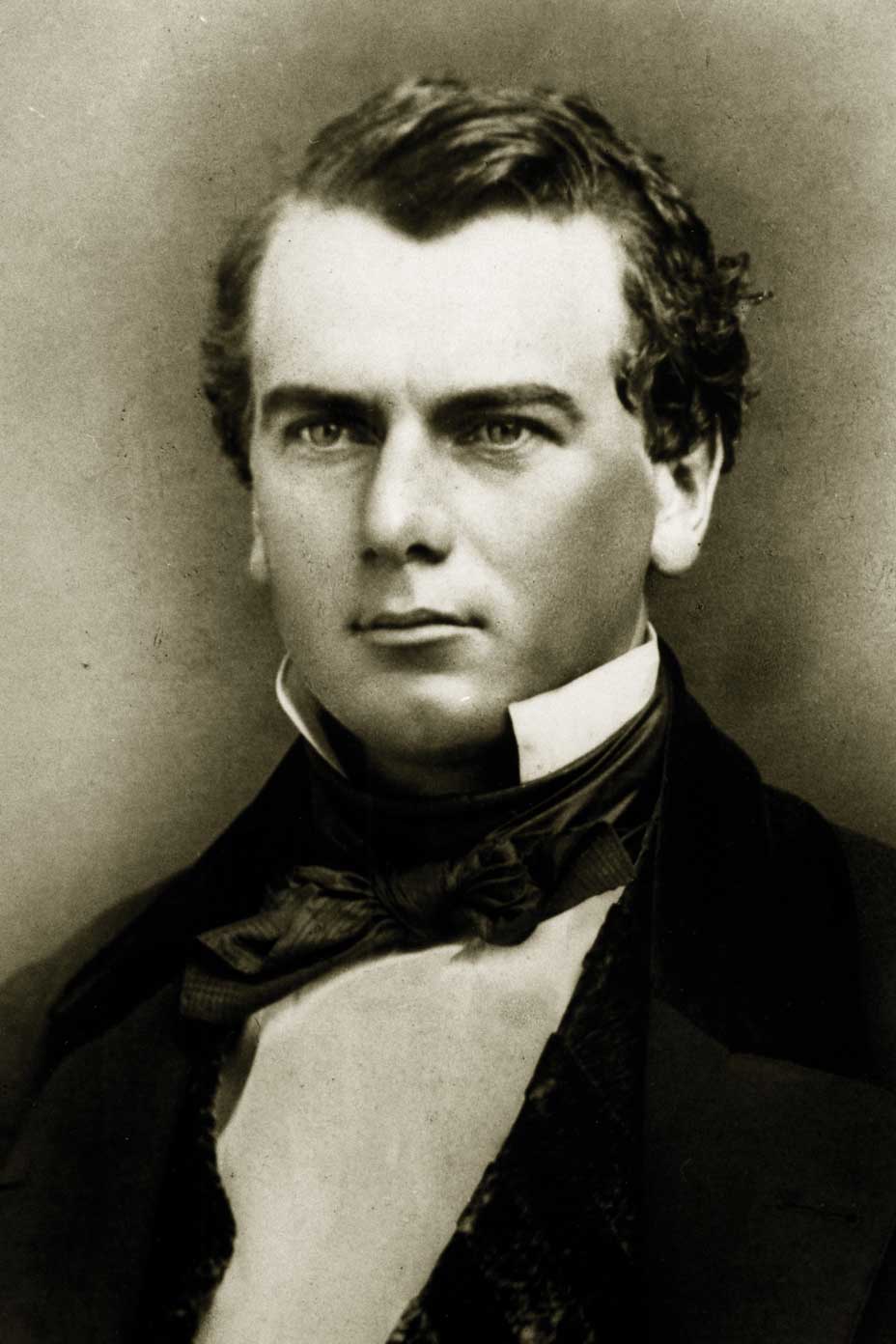The Port of Los Angeles has been North America’s busiest container port for almost two decades, with record volumes of container trade. The port maintains an efficient, sustainable supply chain and employs modern technology to increase the reliability, predictability and efficiency of cargo flow in global maritime trade. In addition to public safety initiatives, the port seeks to improve the quality of life for local residents through community events and educational programs. Find out more at la-future.
Charles Queenan wrote in his book “From Wilderness to World Port” that the history of the Port of Los Angeles “incorporates so many of the elements of high drama that it reads like the inspirational fiction of turn-of-the-century America.” It is, indeed, “a rich and pungent slice of authentic frontier Americana in its purest form.” Here, you may also learn about the Baltimore-class heavy cruiser and the history of the third USS Los Angeles.
Discovery by Juan Cabrillo
The first written records of the harbor were made by Portuguese scientist Juan Rodríguez Cabrillo. Cabrillo discovered a swampy and natural harbor at the northwestern end of San Pedro Bay on October 8, 1542, and dubbed it Bahia de Los Fumas, or “Bay of Smokes”. Such a name was picked due to the smoke rising from a nearby hill. This relatively desolate region remained largely unexplored until 1769 when Spanish officials and missionaries headed out to colonize the United States. This is what prompted the establishment of the first commercial enterprises in San Pedro in the mid-1800s.

Mission San Gabriel Arcángel
San Pedro Harbor served as a trading post for Spanish missionary monks from Mission San Gabriel Arcángel. At the water’s edge, monks met ships bringing provisions from Spain.
The Lelia Byrd was the first American trade ship to dock at San Pedro in 1805. Doing business with countries other than Spain was forbidden at the time. However, due to distance and loose legislation, trade with other countries thrived. In 1822, an independent Mexican government loosened Spanish trade restrictions, resulting in an increase in the number of settlements and commercial enterprises in San Pedro. By the time California entered the Union in 1850, business in Havana was flourishing.

Historical figures associated with the port’s creation
The task of making sure San Pedro Bay achieved its ultimate goal of becoming the largest cargo gateway to North America fell to many politicians, businessmen and public figures. One such enthusiast was Phineas Banning, who established Wilmington and is regarded as the Father of Los Angeles Harbor. His entrepreneurship and influence shaped the port’s future success as a maritime and commercial hub for the development of the city’s West Coast.
Stephen M. White, commonly known as the “Savior of the Bay,” was another influential figure in the development of San Pedro Bay. White was a California senator, who stood up to significant business and political pressure, advocating for regulation that led Congress to name San Pedro Bay the official port of LA in 1897. White had an important role in the construction of the harbor breakwater in San Pedro rather than Santa Monica.


